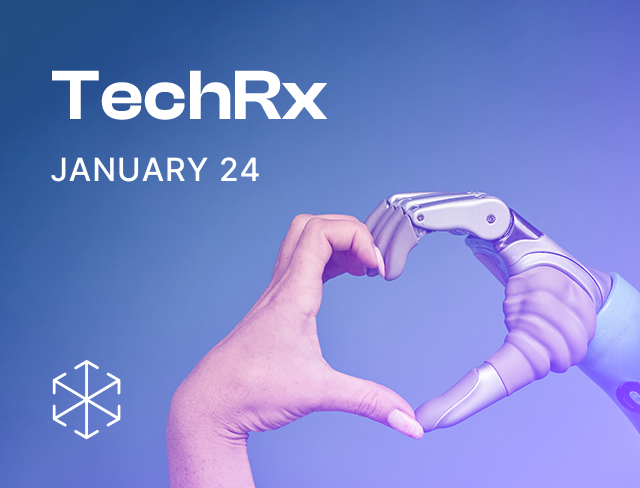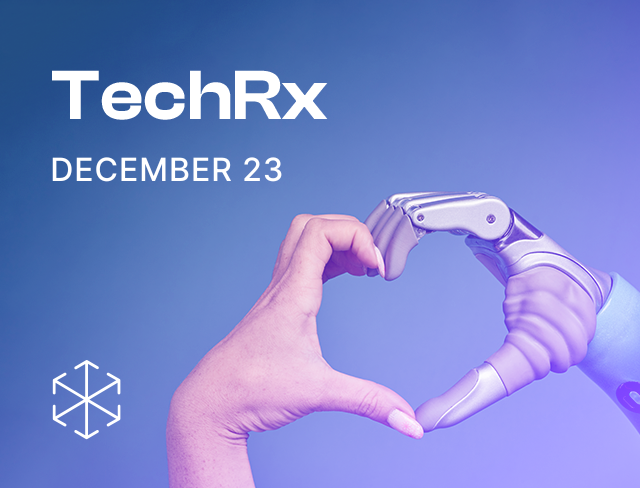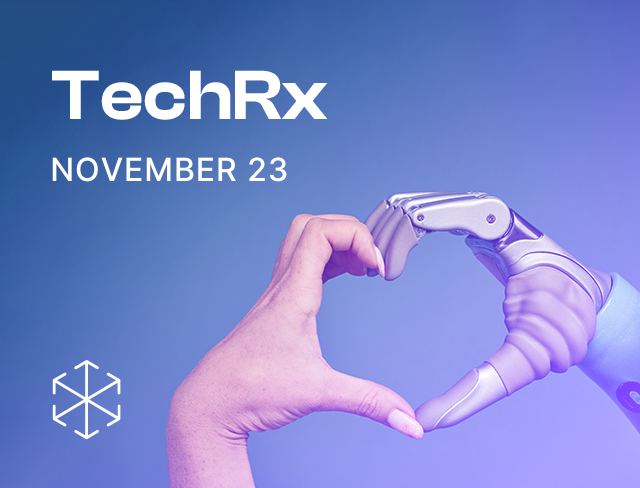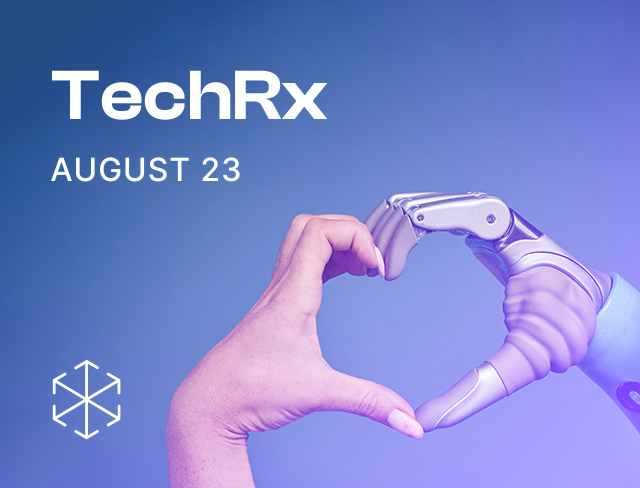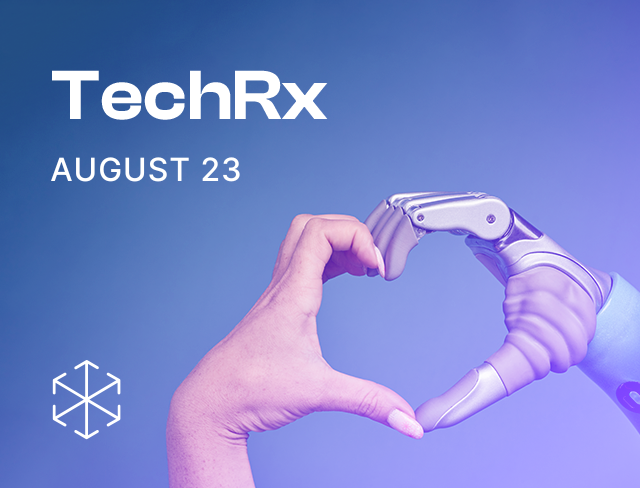Background:
In August 2020, Prime Minister Narendra Modi launched the National Digital Health Mission (NDHM). It was launched as a pilot in six union territories.[1] The NDHM was housed under the National Health Authority (NHA). It is intended to be an omnichannel digital healthcare platform that increases access to healthcare, whether it is through telemedicine, online sale of medicines, home collection of labs and diagnostics, or finding health facilities/professionals for in-person care. The NDHM is made up of ‘building blocks’ that will be maintained centrally (i.e., at the union government level). Government and private entities alike can integrate into these building blocks to provide healthcare in their cities/states. The building blocks include: (i) unique health ID for each person; (ii) health facility registry listing all the health facilities approved for listing; (iii) healthcare professionals registry listing all the professionals approved for listing; (iv) digital locker for health records of each person getting care through the NDHM; and (v) the proposed (yet to be launched) unified health interface.[2] The NHA also launched a sandbox for interested entities to integrate and test their solutions, before taking them live in what will be the NDHM ecosystem.[3]
In June and July 2021, the NHA released consultation papers for public comments on the health facility registry, [4] healthcare professionals’ registry, and a paper proposing the creation of a new building block, namely, the unified health interface. [5]
In this post we provide a summary of our comments to the NHA on its consultation paper on the unified health interface. Our detailed comments can be read here[IL1] .
Overview:
What is the unified health interface?
The unified health interface is intended as an interoperable system that would allow a patient to take the services of a doctor irrespective of whether they were on the same technology platform as the doctor or not. The consultation paper on the unified health interface suggests that this is possible by adopting an open network for the unified health interface. An open network is one that is built on technical standards that are accessible to every interested technology developer. The standards are accessible irrespective of the product (e.g., brand/model of laptop used) or platform (e.g., a mobile application released by a specific company), they use/are working with. The unified health interface is envisaged as one such network. One of the reasons for adopting open network approach to digital health, is to enable a patient to get care from a doctor even if they are not registered on the same mobile application or website as the doctor.[6]
What are the issues related to such an approach?
The consultation paper asserts that an open network approach to digital healthcare delivery, could facilitate greater access to healthcare services. It could also provide opportunities for innovation of tools for better healthcare service delivery by tackling multiple problems faced by the healthcare sector (and patients) today (e.g., the imbalanced doctor-patient ratio; the lack of specialist healthcare professionals in all parts of the country, etc.). It remains to be seen how it will be implemented without losing cybersecurity (there will be multiple points of entry for malware in an open network) and data privacy (health data and records will be considered sensitive personal data under the forthcoming Personal Data Protection Bill 2019 and will therefore have requirements attached to its use, storing, sharing, and processing).
Our comments to the consultation paper on unified health interface (UHI paper):
1. What can be done to drive adoption of telemedicine?
The issue: The UHI paper sought specific comments on how to strengthen the adoption of telemedicine via the Telemedicine Practice Guidelines, 2020 and online sale of drugs.
Our input: The Telemedicine Practice Guidelines, 2020 should be strengthened to provide greater clarity on (i) the medico-legal relationship between patients, doctors, and technology platforms offering telehealth services to patients; (ii) healthcare specialty-specific protocols; (iii) paving the way for using emerging technologies through telemedicine; and (iv) guidelines for transfer of electronic health records (EHR) when a patient changes healthcare professionals on a technology platform.
2. What can be done to drive the online sale of medicines (as part of driving the adoption of telemedicine)?
The issue: The UHI paper sought specific comments on how to strengthen the adoption of telemedicine via the Telemedicine Practice Guidelines, 2020 and online sale of drugs.
Our input: Consider standardising online sale of drugs and devices and for oversight mechanisms by appropriate regulatory authorities through a national legislation. This is key to ensuring (i) that the list of medicines that can be prescribed on a telemedicine platform per the Telemedicine Practice Guidelines 2020 can be expanded; and (ii) that trust can be built in e-pharmacies that sell drugs and medical devices online
3. What are the risks and benefits of adopting an open network approach to digital health?
The issue: The UHI paper sought specific comments on the risks and benefits of adopting an open network approach to digital health.
Our input: Standards must be set to address the security risks of having an open network. This includes (i) periodic reviews of the security and vulnerability of each building block in the NDHM (including the UHI); and (ii) laying down the procedure for rapid response and incident reporting (e.g., when there is cyberattack).
4. What are the personal data and non-personal data considerations for the NHA to be aware of while operationalising the unified health interface?
The issue: The unified health interface is intended to enable a patient to avail the services of a healthcare professional irrespective of whether the healthcare professional and patient are both listed on the same telemedicine application. Given this fluidity of interaction, questions emerge on: (i) Standardising documents that inform patients of their data-related rights, and how to exercise them; (ii) ensuring that telemedicine applications can continue to innovate their platforms without hinderance from the NHA (or relevant ministries) and the ongoing discourse around personal data and non-personal data; and (iii) ensuring safety of the EHR is stored securely and that the health information exchange operated is not done at the cost of data privacy.
b. Our input:
a. The NHA must specify minimum standards or provide privacy policy and consent notice templates for entities operating in the UHI to communicate their data privacy policies to the end user. The minimum standards and/or templates must be compliant with the forthcoming Personal Data Protection Bill, 2019. The model notices and forms must also contain language on allowing the use of EHR in aggregated and anonymized form, per the report of the committee of experts on non-personal data.[7]
b. The NHA should provide clarity on personal data and non-personal data ownership, management, and further use, so that requirements under the draft Personal Data Protection Bill 2019, and the report of the committee on experts on non-personal data,[8] do not act as disincentives to digital health innovation and healthcare delivery.
c. The NHA should consider using blockchain technology for EHR management and for operating the health information exchange in a manner that protects patient rights while also supporting innovation, research, and evidence-based policymaking. Using blockchain technology for EHR management will also tamper-proof the EHR, because access to the EHR will require access keys, and will be recorded in a distributed digital ledger.
5. How can the NHA accommodate the medical realities (i.e., the challenges, barriers, and conditions needed) of adoption of digital health tools?
The issue: The UHI paper largely delved into the NHA’s vision for the unified health interface and its relationship with other building blocks. The technology protocols that are needed to operate a unified health interface will be decided in the next step. Designing and stress testing the unified health interface based on ground realities of healthcare professional-patient interactions, will be crucial to its success.
Our input: The NHA should consider having medical professionals as part of the ‘Expert Committee’,[9] to ensure that the technology protocols do not hinder delivery of healthcare.
This piece has been authored by team Ikigai. For more information please reach us out at contact@ikigailaw.com
Image Credits: Pixabay
[1] Prime Minister of India’s Independence Day speech, (August 15, 2020), https://pib.gov.in/PressReleasePage.aspx?PRID=1646044.
[2] National Health Authority, About the NDHM, https://ndhm.gov.in/home/ndhm
[3] National Health Authority, NDHM Sandbox, https://sandbox.ndhm.gov.in .
[4] Consultation paper on the health facility registry, https://ndhm.gov.in/assets/uploads/consultation_papersDocs/Consultation-Paper-on-Health-Facility-Registry.pdf.
[5] Consultation paper on the healthcare professionals registry, https://ndhm.gov.in/assets/uploads/consultation_papersDocs/Consultation-Paper-on-Healthcare-Professionals-Registry.pdf.
[6] Para 2.2., Chapter 2, Creating an Open Network for Digital Health Services, Consultation paper on unified health interface.
[7] Report by the committee of experts on non-personal data governance framework, (December 16, 2020), https://static.mygov.in/rest/s3fs-public/mygov_160922880751553221.pdf
[8] Report by the committee of experts on non-personal data governance framework, (December 16, 2020), https://static.mygov.in/rest/s3fs-public/mygov_160922880751553221.pdf
[9] Para 6.1.2, Chapter 6, UHI development, governance, and management, Consultation paper on unified health interface.

